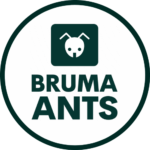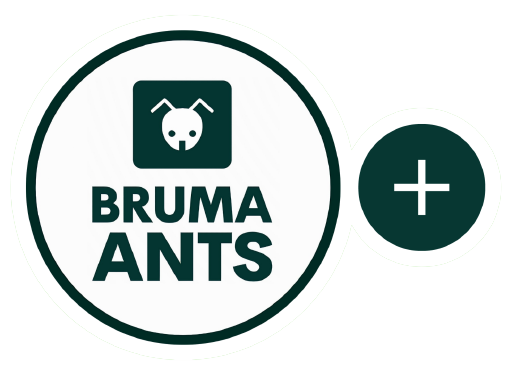Hi guys! I hope you’re doing well!
Today we are going to learn how to care for a very peculiar ant species: Pheidole pallidula. By the end of the guide, you will have all the information you need to start growing your own Pheidole pallidula colony all by yourself!
Let’s get into it!
Download
Introduction
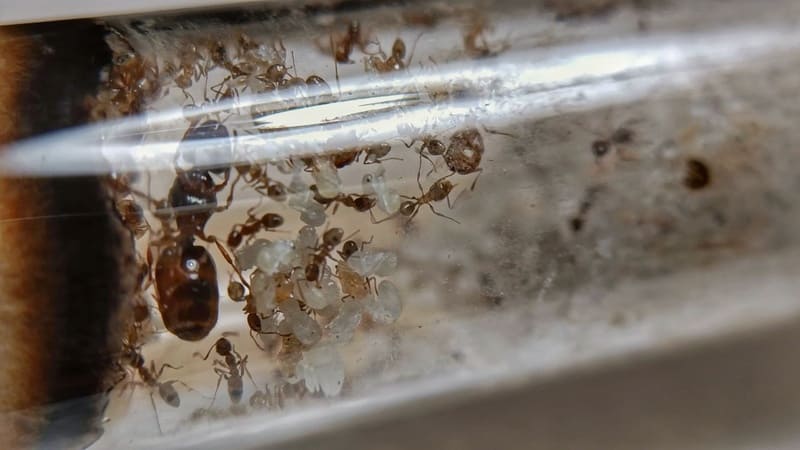
Pheidole pallidula is a small fast growing species of ant. It’s mainly a west-Mediterranean species, but can easily be found all across Europe.
This species is easily recognizable by the characteristic large head of the majors. They use their large and sharp mandibles to break down the food for the smaller workers and the queen, doing a very good job in terms of teamwork.
For this reason, they are also informally called “big-headed ants” which, in my opinion, is the perfect nickname for this species.
The fact that the worker ants of a species have different sizes is called polymorphism. The Pheidole pallidula queen size ranges from 7 to 8 mm, and from 2 to 4 mm for the minor workers. The majors can reach a length of up to 6 mm, and in some cases, they can even equal the size of the queen!
Pheidole pallidula is monogyne, which means that the colonies of this species accept only one queen, but in some rare cases multiple queens can start a colony together.
The nuptial flights of this species usually occur in late spring and in the summer, between May and August.
Distribution
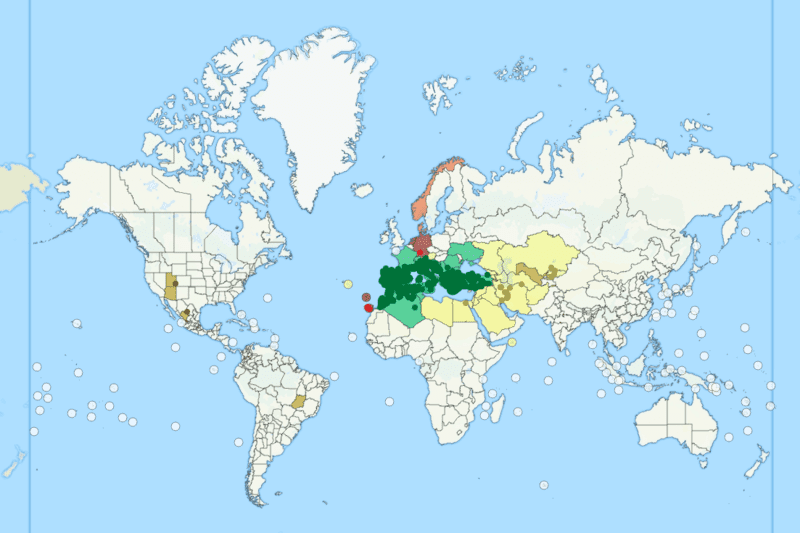

Native
Exotic
Dubious
Indoor introduced
Needs verification
No Records
Maps by AntMaps.org
Temperature
21°C
28°C
Pheidole pallidula, like many other Mediterranean species, is very adaptable to temperature changes. They do not have very strict temperature requirements, and they can easily be kept at room temperature.
However, the ideal temperature for this species is between 21 and 28 degrees Celsius. If you live in a cold area or you usually use an air conditioner in the room your ants are in, maybe a heat mat or a heat cable could be useful.
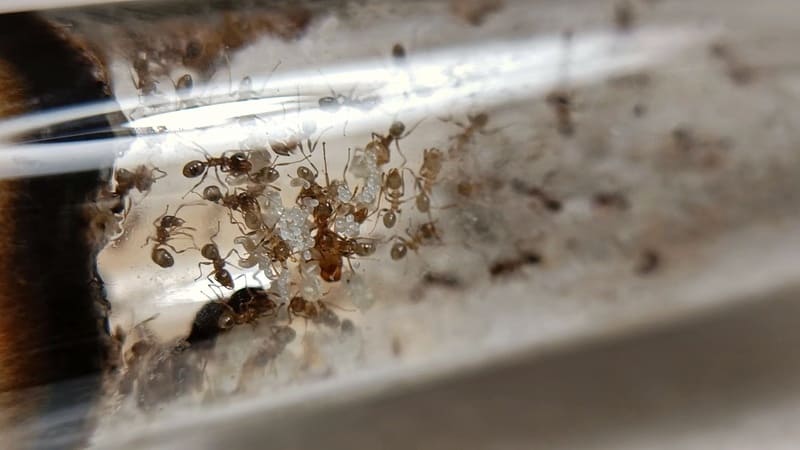

By raising the temperature of the nest the metabolism of the brood will accelerate, reducing the time needed for the ant to fully develop into adults.
If provided with the right temperature and humidity levels, the colonies of Pheidole pallidula can grow extremely fast! When they reach a certain worker count, they start to grow exponentially, easily reaching 1000 workers in a few years!
Humidity
60%
70%
Pheidole pallidula loves high humidity levels! They do really well when the moisture inside the nest remains at a constant high rate, helping the development of the brood.
They like a range of moisture levels that go from 60% to 70%, but they can also live with no problems at humidity rates of up to 80%.
One thing you have to take into account is that this species doesn’t like dry climates!
If you notice that your nest dries out too quickly, you may have to consider changing the setup a bit. You can rearrange the elements of your formicarium, in order to create an environment that better maintains moisture levels.
If you have a natural setup, you can easily increase the moisture level by spraying some water using a spray bottle, like the one used in gardening. You can also add some moisture retention material, like some piece of wood or a bark substrate.
Food
Like almost every ant species, Pheidole pallidula needs some dose of sugar for the workers and some protein for the queen and the brood.
Given their fast growth rate, they need a lot of protein.
Proteins are the building blocks of every animal body, and are essential for the development of the ants. The queen needs protein for the production of the eggs, which will grow into larvae and then into pupae.
During the life cycle of the ant from egg to adult worker, the brood needs a lot of protein to successfully complete the various stage changes. Once the body of the ant is fully formed, the need for protein fades out, and the need for sugar takes its place.
Sugar water should do the job fairly well, providing the colony with a lot of energy. Honey is also a very good source of sugar, maybe mixed with some water. If you wanna go for the best possible sugar source, the Ant Antics sugar snaps are the product for you!
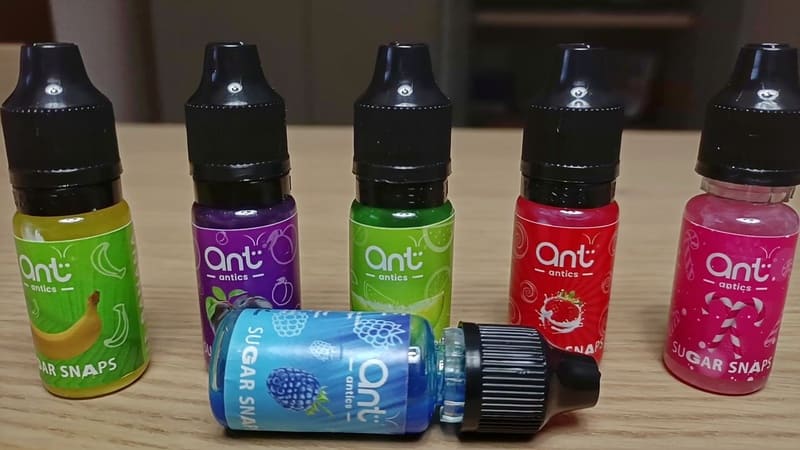

With these fantastic colorful little bottles you can give your ants a very high-quality source of sugar, fueling their all-day-long working routine! With the sugar snaps you can be sure about one thing: your ants are going to love them!
As a source of protein, you can give them almost every type of insect. In the wild they usually eat crickets, mealworms, fruit flies, and spiders.
Pheidole pallidula also likes to eat some types of small seeds. With the help of the big-headed majors, they can easily break the seeds and get to the soft part inside.
If you’re reading this guide, there’s a high chance you’re just starting out, and that you just caught or bought your first Pheidole pallidula queen ant. If that’s the case, you don’t have to worry too much about feeding at this stage.
That’s because Pheidole pallidula is a fully claustral species, which means that the queen won’t need to eat for at least a month, until she has her first workers.
She especially doesn’t need protein right now, because she can obtain the protein she needs from the decomposition of her wing muscles. However, If you want, you can give her a little drop of honey or some already broken seeds. That should give her the right amount of energy she will need to start her own ant colony!
Hibernation
12°C
16°C
Pheidole pallidula needs hibernation. They hibernate through the winter, from around late November to early March. They need at least a couple of months of diapause, a biological phase in which the queen doesn’t lay eggs.
This phase is very important for the health of the queen, and it’s the only time in the whole year when she can peacefully take some rest.
For this species the ideal temperature for hibernation is around 15 degrees Celsius. I would not suggest going a lot lower than this, because in some cases it could create some problems in the long term growth of the colony.
If you haven’t any available refrigerator you can put the colony in the basement or in the garage, where the temperature is not too low and not too high.
If you’re a beginner ant keeper and this is your first hibernation, I would strongly suggest you check out this other guide! Here I explain in detail every aspect of this complex process called hibernation! What it is, why ants hibernate, and what are the most effective ways to hibernate your beloved ants!
Nest Type
Acrylic Nest
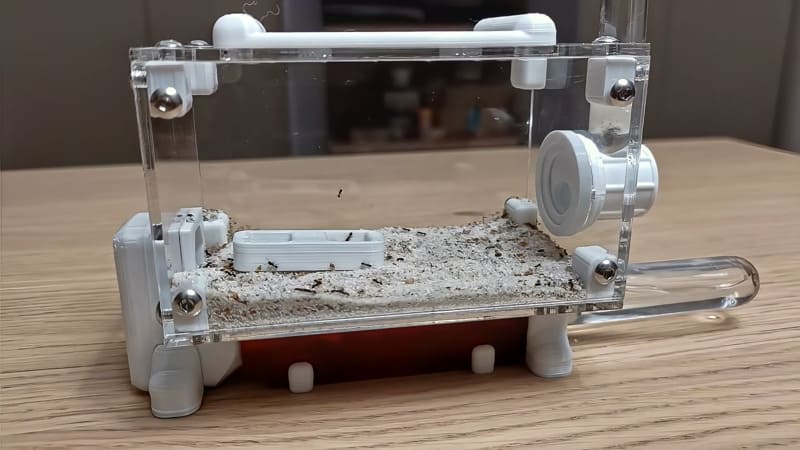

Discount!
The most important thing you have to consider when choosing the formicarium for Pheidole pallidula is that they are notoriously extremely good escape artists.
For this reason, we have to choose a nest that makes escaping as hard as possible.
One of the best solutions to this problem is using an acrylic nest. They are usually built of a bunch of plastic layers, placed tightly one above the other to create the structure of the nest.
One of the best aspects of this building system is that it does not create any gaps between the pieces, making it practically escape-proof. With this type of nest we can sleep peacefully at night, knowing that our beloved ants cannot take control of our house by invading it.
If you’re interested in these types of nests, I would suggest you check out this review! It’s the extremely cool test tube-based acrylic ant nest in the picture above!
Naturalistic Setup
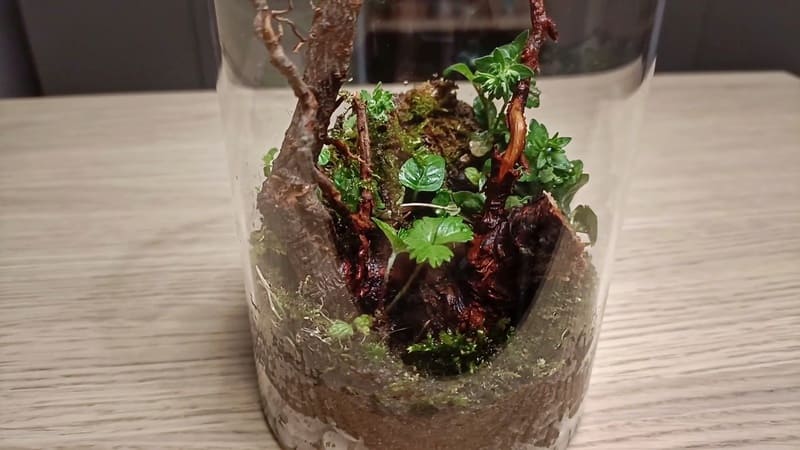

Another option could be a more naturalistic setup. For this easy nest alternative all you need is a tank, some dirt and, if you want, some decorations.
This nest perfectly replicates their natural environment, making it easier for the ants to settle in. When choosing the eclosure for this type of nest, make sure to get one without any gaps between the various parts!
If you like the idea of making a naturalistic setup for your ant colonies, you will definitely like this tutorial! In this guide you will learn everything you need to know to create an amazing jar terrarium, just like the one in the picture above!
Pictures
I hope you have found this guide helpful!
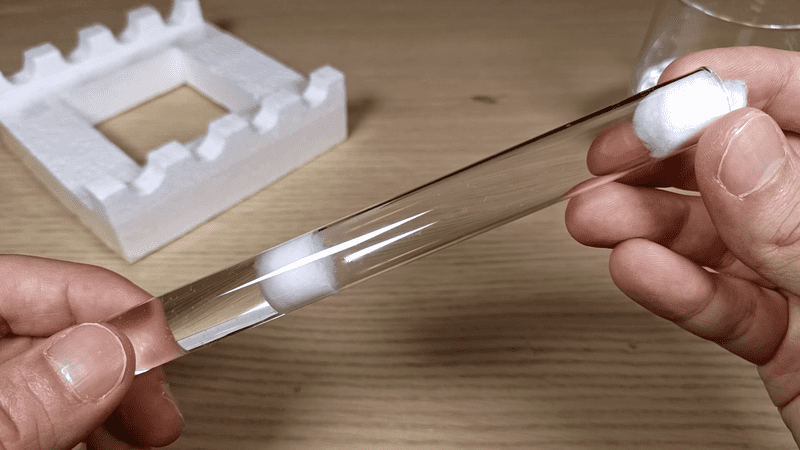

If you just found your queen and wanna know how to create the perfect environment for her, check out this guide on how to make a test tube setup! This is the perfect way to start your ant colony!
Real-world impact!
Thanks to the BRUMA Ants Plus subscribers and our partner Ecologi we are planting lots of trees all around the world! Click on the Ecologi logo to see the real-world impact of this amazing community!
Join our Discord!

